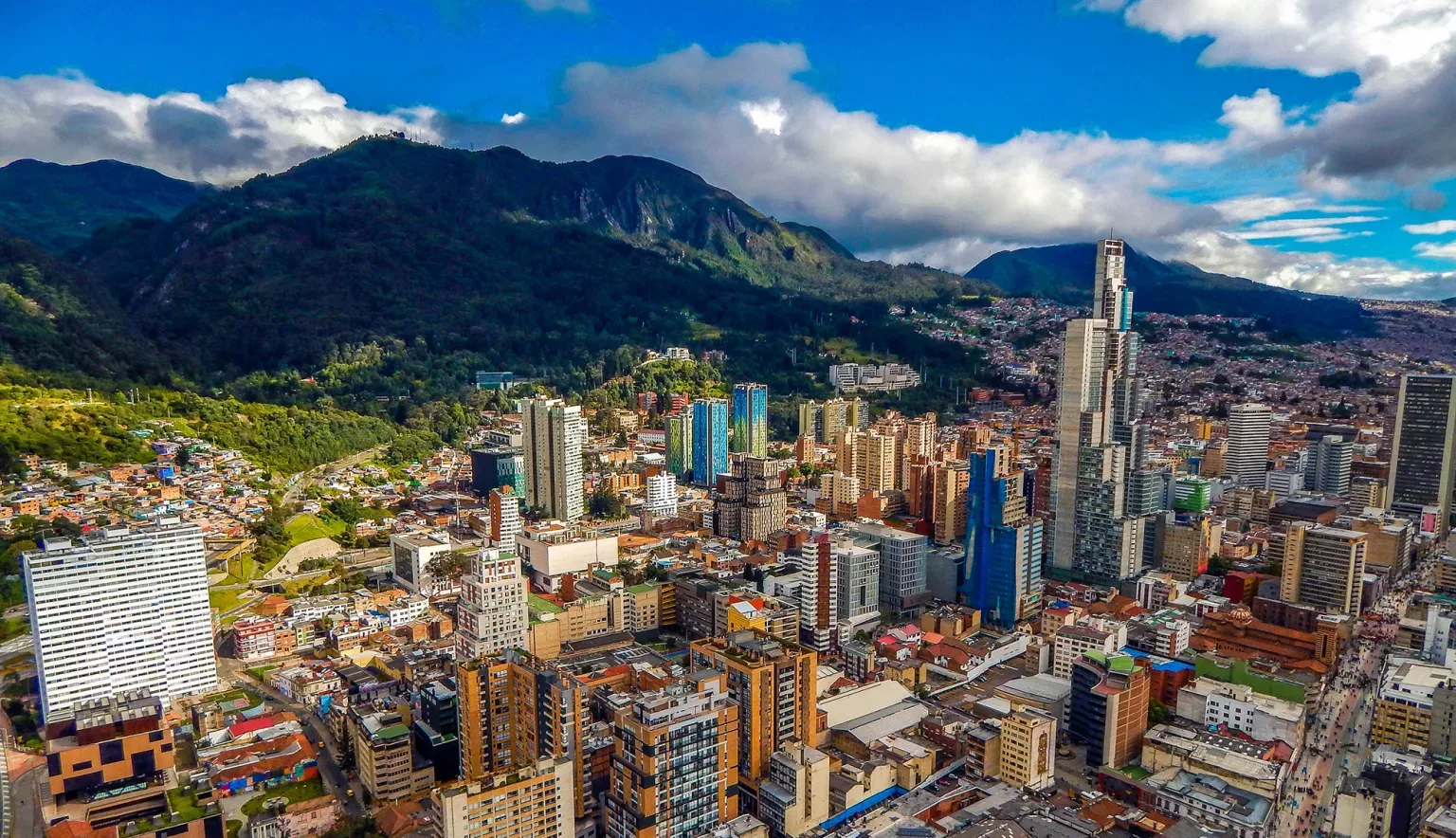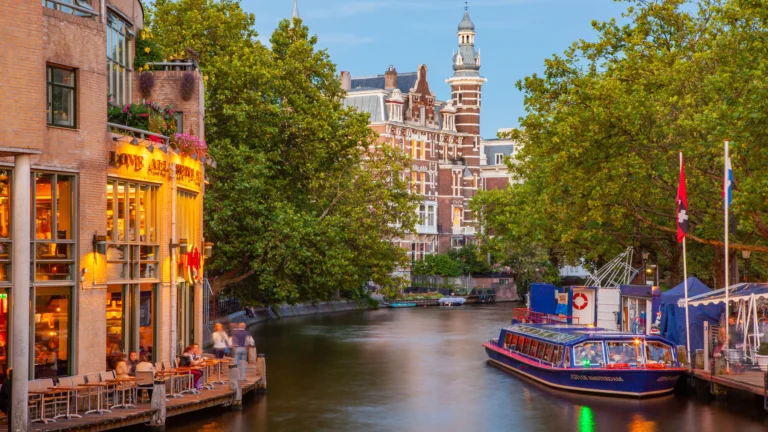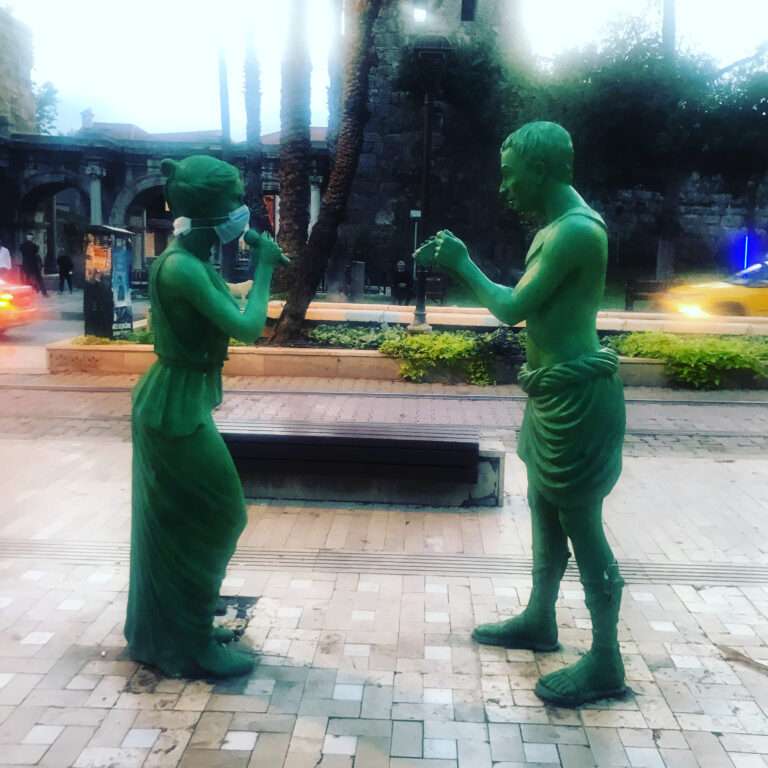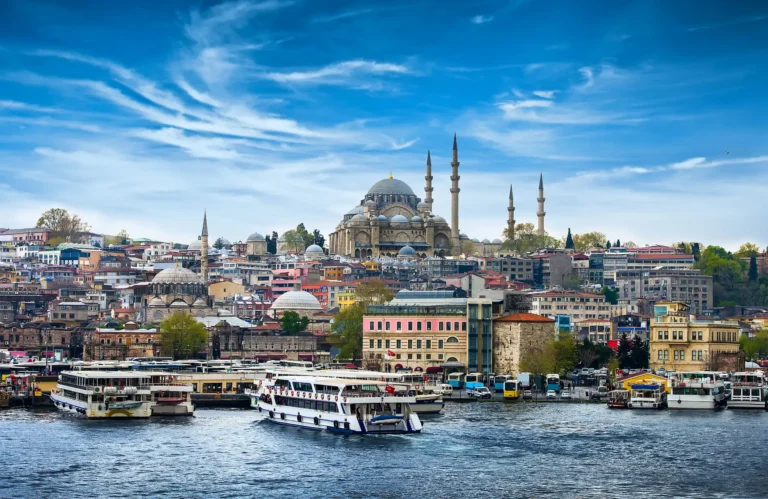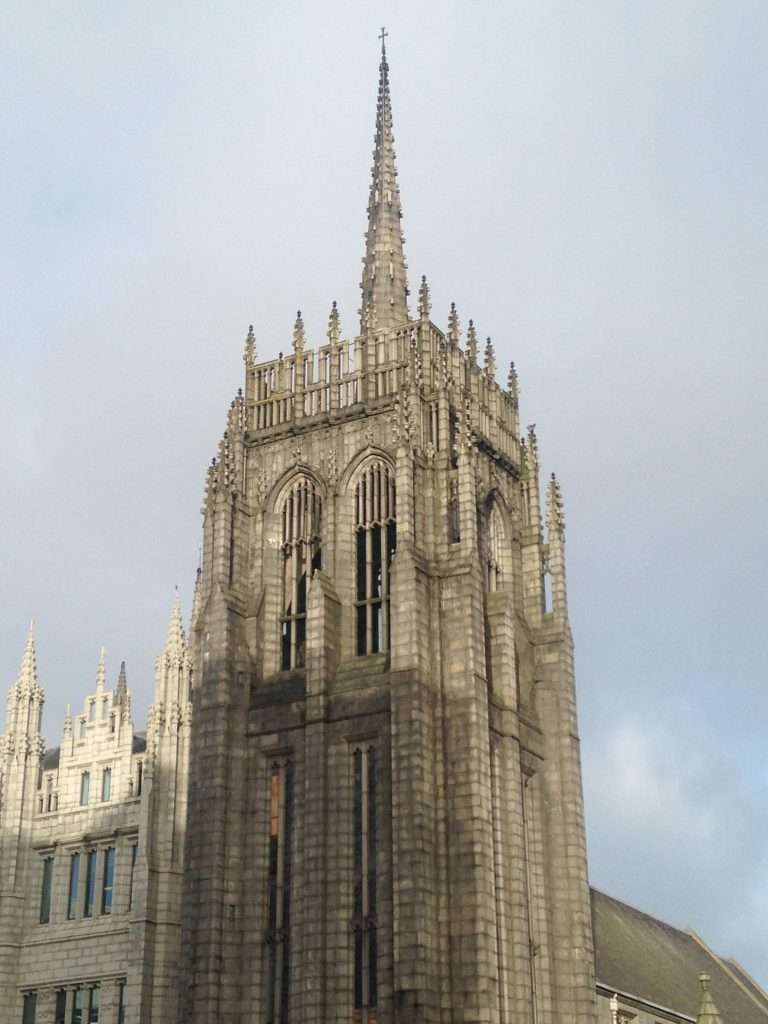If you’re looking for an exciting and affordable destination to set up your remote office, look no further than Colombia. This South American country has it all. Whether you’re drawn to the eternal spring weather of Medellín, the urban vibe of Bogotá, or the coastal environment of Cartagena, Colombia offers modern amenities and traditional charm. In this guide, we’ll dive into everything you need to know about being a digital nomad in Colombia, from the best times to visit and language tips, to navigating intercity travel and finding the perfect coworking space.
Can I Be a Digital Nomad in Colombia?
Absolutely! Colombia has become a hot spot for digital nomads thanks to its vibrant culture, affordable cost of living, and diverse landscapes. With a decent internet infrastructure, several coworking spaces, and a welcoming attitude towards foreigners, Colombia makes it easy for remote workers to settle in. Cities like Medellín, Bogotá, and Cartagena are particularly popular among digital nomads for their unique blend of modern amenities and rich cultural experiences.
Medellín, known as the “City of Eternal Spring,” offers a perfect climate year-round and has a rapidly growing expat community. Bogotá, the bustling capital, is a hub of business and culture, with a cosmopolitan vibe. Cartagena, with its stunning Caribbean coastline and historical charm, offers a more relaxed atmosphere.
What is the Best Month to Visit Colombia?
Colombia is a year-round destination, but the best time to visit largely depends on what you want to experience. If you’re looking to avoid the rainy season, December to March and July to August are ideal. These months offer the best weather for exploring the country’s natural beauty and urban attractions. However, if you’re into cultural festivals, plan your visit around events like the Carnival of Barranquilla in February or the Flower Festival in Medellín in August.
During the Flower Festival, Medellín transforms with colorful displays, parades, and cultural events. The Carnival of Barranquilla, one of the largest in the world, features vibrant costumes, music, and dance, offering a unique glimpse into Colombian traditions.
What Language is Spoken in Colombia?
Spanish is the official language of Colombia. While English is not widely spoken, especially outside major tourist areas, you’ll find that many young people and professionals have a basic understanding. It’s a good idea to learn some Spanish phrases to help you navigate daily life, order food, and interact with locals. Apps like Duolingo can be handy for picking up the basics before you arrive.
For more immersive learning, consider taking Spanish classes at a local language school. Medellín has several reputable options, such as Toucan Spanish School and Elefun Spanish School, where you can learn the language while meeting other expats and travelers.
What Currency is Used in Colombia?
The Colombian Peso (COP) is the official currency. ATMs are widely available in cities, and most accept international cards. Credit cards are commonly used in urban areas, but it’s always good to have some cash on hand for smaller establishments, markets, and taxis. Keep an eye on the exchange rate to get the best value for your money.
When exchanging currency, it’s advisable to use official exchange bureaus or banks to avoid scams. Additionally, always notify your bank of your travel plans to prevent any issues with accessing your funds abroad.
Intercity Travel: Getting Around Colombia
Getting around Colombia is relatively easy, with several options for intercity travel. Buses are a popular and affordable way to travel between cities, with companies like Expreso Brasilia and Bolivariano offering comfortable and reliable services. For quicker travel, domestic flights are abundant, with carriers like Avianca and Viva Air providing frequent routes. If you prefer driving, renting a car is an option, but be prepared for varying road conditions and traffic.
For example, a bus ride from Bogotá to Medellín takes around 9-10 hours and offers scenic views of the countryside. Flights, on the other hand, take just over an hour and can be quite affordable if booked in advance. If you choose to drive, routes like the one between Bogotá and the coffee region offer stunning landscapes and quaint towns to explore along the way.
Accommodation in Colombia
From budget hostels to luxury hotels, Colombia offers a wide range of accommodation options. For digital nomads, renting an apartment or using platforms like Airbnb can provide more comfort and convenience. Medellín’s El Poblado neighborhood, Bogotá’s Chapinero, and Cartagena’s Getsemaní are popular areas that offer a mix of modern amenities and vibrant local culture. Long-term rentals can often be negotiated for better rates.
In Medellín, for instance, El Poblado is known for its safe, upscale environment with plenty of cafes, restaurants, and coworking spaces. In Bogotá, Chapinero is a trendy area with a mix of residential and commercial spaces, ideal for those who enjoy a lively urban setting. Cartagena’s Getsemaní, with its colorful streets and bohemian vibe, is perfect for those seeking a more laid-back experience.
Coworking in Colombia
Coworking spaces are plentiful in Colombia’s major cities, providing reliable internet, comfortable work environments, and networking opportunities. In Medellín, spots like Selina, WeWork, and Impact Hub are favorites among digital nomads. Bogotá offers spaces like Atom House, Co-Work, and Coworking Labs, while Cartagena has options like CoWork Cartagena and the coworking space at Selina.
These spaces often host events and workshops, making it easy to connect with other remote workers and locals. For instance, WeWork in Medellín regularly organizes networking events, professional development workshops, and social gatherings, providing an excellent opportunity to expand your professional network while enjoying your time in Colombia.
Dining in Colombia
Colombian cuisine is diverse and flavorful, with something to satisfy every palate. Don’t miss traditional dishes like arepas, bandeja paisa, and sancocho. Cities like Bogotá and Medellín boast a vibrant restaurant scene, offering both local and international cuisine. Street food is also a must-try, with delights like empanadas, patacones, and fresh fruit juices. For those who prefer to cook, local markets and supermarkets provide a variety of fresh ingredients.
In Bogotá, Zona G is known for its gourmet restaurants, while La Candelaria offers a mix of traditional and contemporary eateries. Medellín’s Laureles neighborhood has a plethora of cafes and restaurants catering to all tastes, and Cartagena’s old town is perfect for seafood lovers, with numerous restaurants serving fresh catches of the day.
Pros and Cons of Being a Digital Nomad in Colombia
Pros:
- Affordable cost of living: You can live comfortably on a budget, with affordable rent, food, and transportation.
- Friendly locals and vibrant culture: Colombians are known for their hospitality and warmth, making it easy to feel at home.
- Diverse landscapes and activities: From beaches and mountains to bustling cities and quaint towns, there’s always something to explore.
- Growing expat and digital nomad community: You’ll find plenty of like-minded individuals to connect with.
- Good internet infrastructure in major cities: Reliable internet is available in most coworking spaces and accommodations.
Cons:
- Safety concerns in certain areas: While many parts of Colombia are safe, it’s essential to stay informed and avoid risky areas.
- Language barrier: Limited English outside tourist spots can make communication challenging.
- Bureaucratic processes: Visas and other paperwork can be time-consuming and complicated.
- Variable quality of healthcare: Healthcare quality can vary significantly depending on the region.
Tips for Being a Digital Nomad in Colombia
- Learn Basic Spanish: Even a little Spanish goes a long way in making your daily life easier and more enjoyable. Consider taking a language course at schools like Toucan Spanish School in Medellín.
- Stay Aware of Your Surroundings: While Colombia is generally safe, staying alert and informed about which areas to avoid is crucial. Check local news and expat forums for updates.
- Join Expat Communities: Connect with other digital nomads and expats through social media groups, such as the Medellín Expats Facebook group, and local meetups.
- Embrace the Culture: Participate in local festivals, try new foods, and learn about Colombian traditions. Attending events like the Medellín Flower Festival or Barranquilla Carnival can enrich your experience.
- Check Visa Requirements: Ensure you have the necessary visa and understand the duration of your stay allowed. The Colombian tourist visa allows for a stay of up to 180 days per year.
- Use Reliable Transport: Stick to reputable bus companies and airlines for intercity travel. Companies like Expreso Brasilia and Avianca offer safe and reliable services.
- Secure Accommodation in Advance: Especially during peak travel seasons, booking your accommodation ahead of time can save you stress and money. Platforms like Airbnb and Booking.com are great for finding long-term rentals.
Conclusion
Colombia is a destination option for digital nomads looking for an adventure filled with culture and warm people. While there are some challenges, the benefits far outweigh them. With a bit of preparation and an open mind, you’ll find that Colombia can be an incredibly rewarding place to live and work remotely.
Safe Travels!
